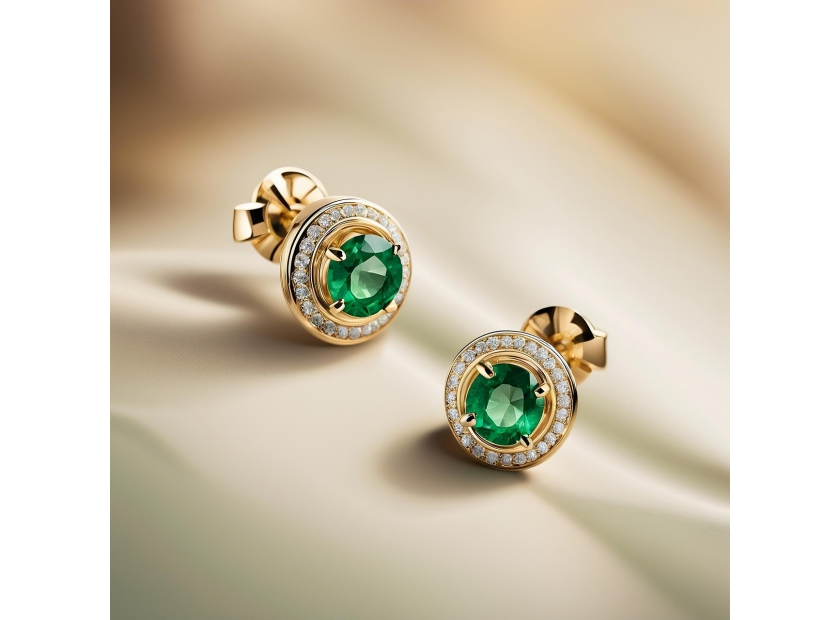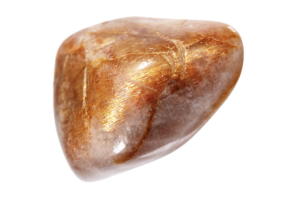USD
/
USD
/
Shipping to:
Currency:
Sapphire vs Spinel: What’s the Real Difference Between These Gemstones?
When choosing gemstones, it’s important to understand the nuances between similar-looking stones.
Sapphire and spinel are two such gems that, while they may look alike at first glance, have distinct characteristics.
This guide explores the differences between sapphire and spinel to help you make an informed decision when shopping for jewelry.
Sapphire and Spinel: A Brief Overview
Sapphires have long been treasured for their deep blue hues and outstanding durability.
Made from corundum (aluminum oxide), sapphires rank 9 on the Mohs hardness scale, second only to diamonds.
This makes them an excellent choice for daily wear, especially in engagement rings and family heirlooms.
Spinel, on the other hand, has often been mistaken for sapphire due to its similar appearance.
It’s made of magnesium aluminum oxide and comes in a range of colors, including red, pink, purple, and blue.
With a hardness of 7.5 to 8, spinel is durable, though slightly softer than sapphire.
If you're drawn to bold and colorful jewelry, check out gemstone engagement rings to explore a range of styles and stones.
Color Variations and Appeal
Although blue is the most iconic color, sapphires also come in yellow, pink, green, and the rare padparadscha—a unique blend of pink and orange.
This makes them incredibly versatile for various jewelry designs.
Spinels also offer an eye-catching palette, with vivid reds, bright pinks, and electric blues among the most sought after.
Many spinels are untreated, so their color is 100% natural, which is a big plus for gem lovers who value authenticity.
Shopping for a meaningful gift? Take a look at these gemstone rings perfect for birthdays, anniversaries, or just because.
Durability and Hardness
If you're investing in a piece of jewelry you’ll wear every day, durability matters.
Sapphires, with a Mohs rating of 9, are extremely scratch-resistant and ideal for engagement rings or daily wear.
Spinels are also durable, but with a slightly lower hardness, they may need more care over time to avoid surface scratches.
Want something bold and unconventional? Explore these non-traditional engagement rings that spotlight unique gems and designs.
Treatment and Enhancement
Many sapphires are heat-treated to improve color and clarity. This is a common and accepted practice, but untreated sapphires tend to be more valuable and rare.
Spinels, on the other hand, are typically not treated, which enhances their value to buyers who prefer natural stones.
Not sure how natural gems compare to lab-created options? Check out this guide on lab-grown diamonds vs gemstones.
Rarity and Value
Top-quality spinels, especially those in vibrant red or cobalt blue, are actually rarer than sapphires.
Despite their rarity, spinels have been underappreciated in the market—though that’s quickly changing as more collectors take notice.
Sapphires remain a staple of high-end jewelry and their prices are influenced by origin, color intensity, clarity, and whether they’ve been treated.
Want to know how nature shapes these incredible stones? Learn more about how gemstones and diamonds are formed.
Historical Significance
Spinel has a fascinating history, often mistaken for ruby or sapphire in royal collections.
Famous examples include the “Black Prince’s Ruby” and the “Timur Ruby”—both of which are actually spinels.
Modern gemology now allows us to distinguish between them, but their long history of confusion adds a unique story to spinel’s legacy.
Choosing Between Sapphire and Spinel
Here are a few things to think about when choosing between the two:
- Color Preference: Both offer a wide range of stunning hues.
- Durability: Sapphire is harder, but spinel still holds up well for everyday use.
- Treatment: Spinels are mostly untreated; sapphires may be heat-treated.
- Budget: Spinel is often more affordable while still offering beauty and rarity.
- Uniqueness: Spinel is lesser-known and prized by collectors looking for something different.
Ready to complete your set? Take a look at these elegant diamond wedding rings that pair perfectly with gemstone pieces.
Frequently Asked Questions
Is spinel more affordable than sapphire?
Yes, spinels tend to be more affordable than sapphires—though top-grade spinels are rising in value as demand increases.
Natural, untreated sapphires with excellent color can command a higher price, especially from famous origins like Kashmir or Sri Lanka.
Can spinel be worn every day?
Definitely. Spinel is durable enough for daily wear with a bit of care.
It’s slightly softer than sapphire, so you might want to avoid hard knocks or abrasive surfaces to keep it looking its best.
Why was spinel confused with sapphire in the past?
Spinels and sapphires can look very similar, especially in blue or red hues.
Before modern testing, jewelers couldn’t easily tell the difference, leading to centuries of mix-ups—even in royal crowns.
Are synthetic sapphires real gemstones?
Yes, synthetic sapphires are chemically identical to natural sapphires—they’re just made in a lab.
They offer a budget-friendly, eco-conscious option, although they’re usually less valuable than natural stones.








